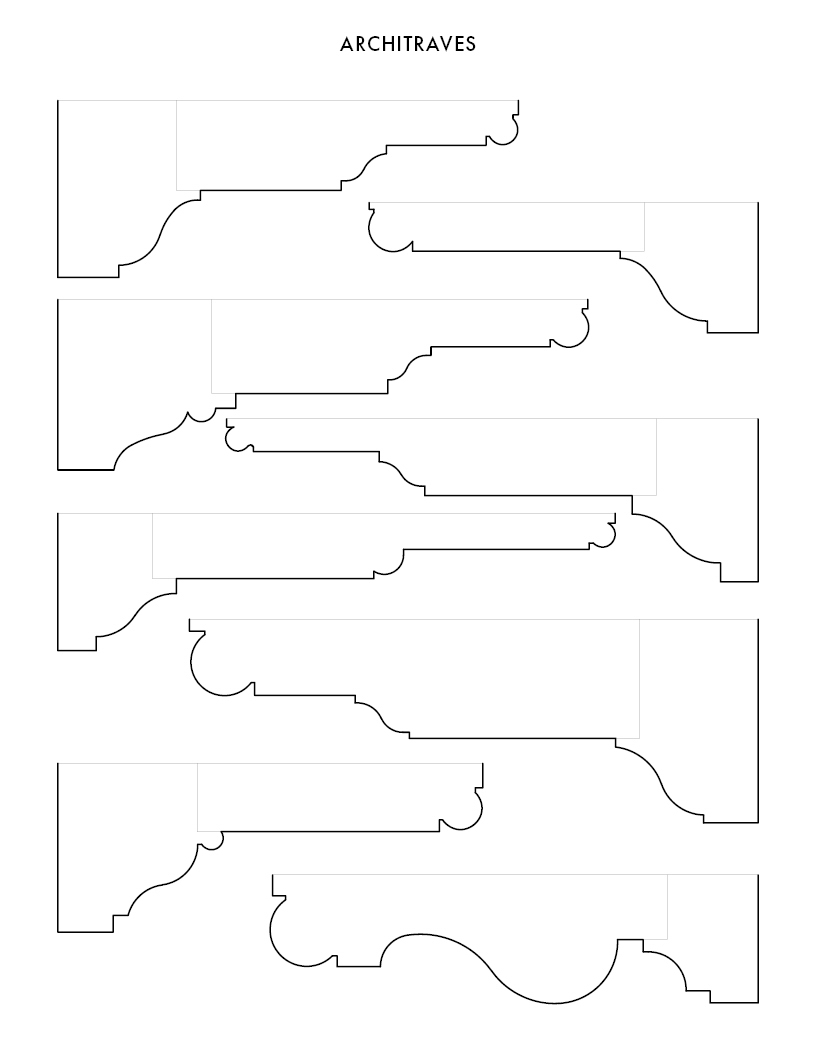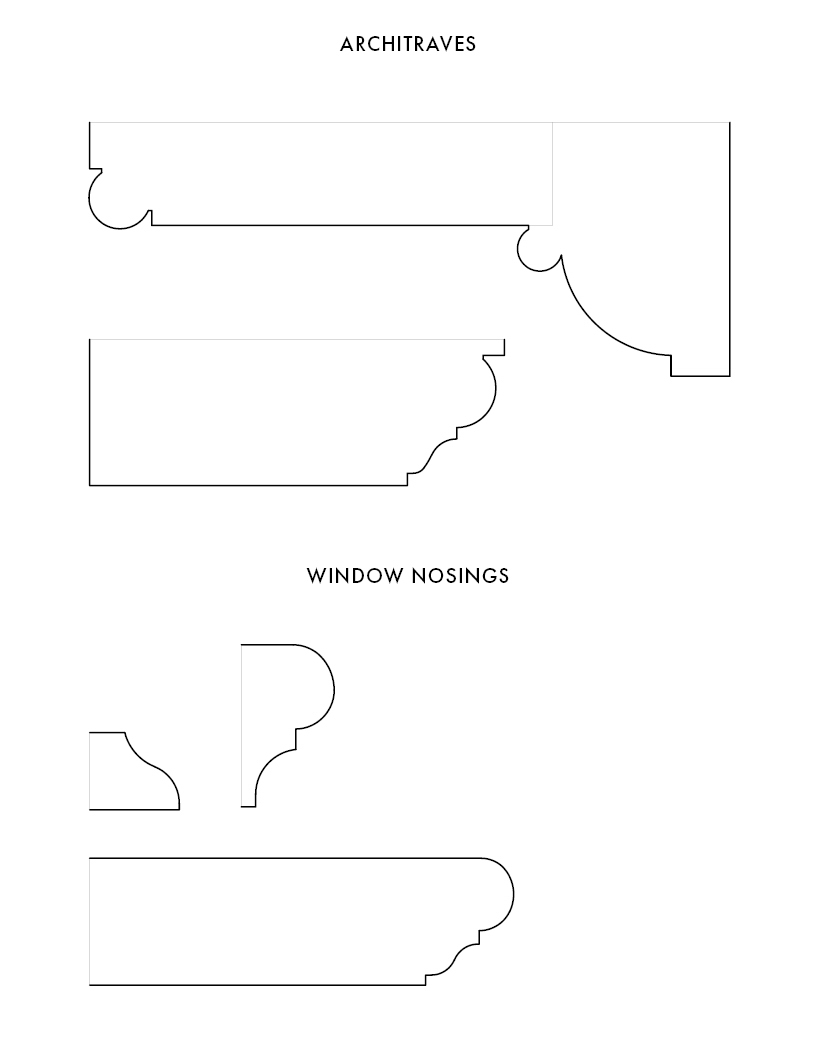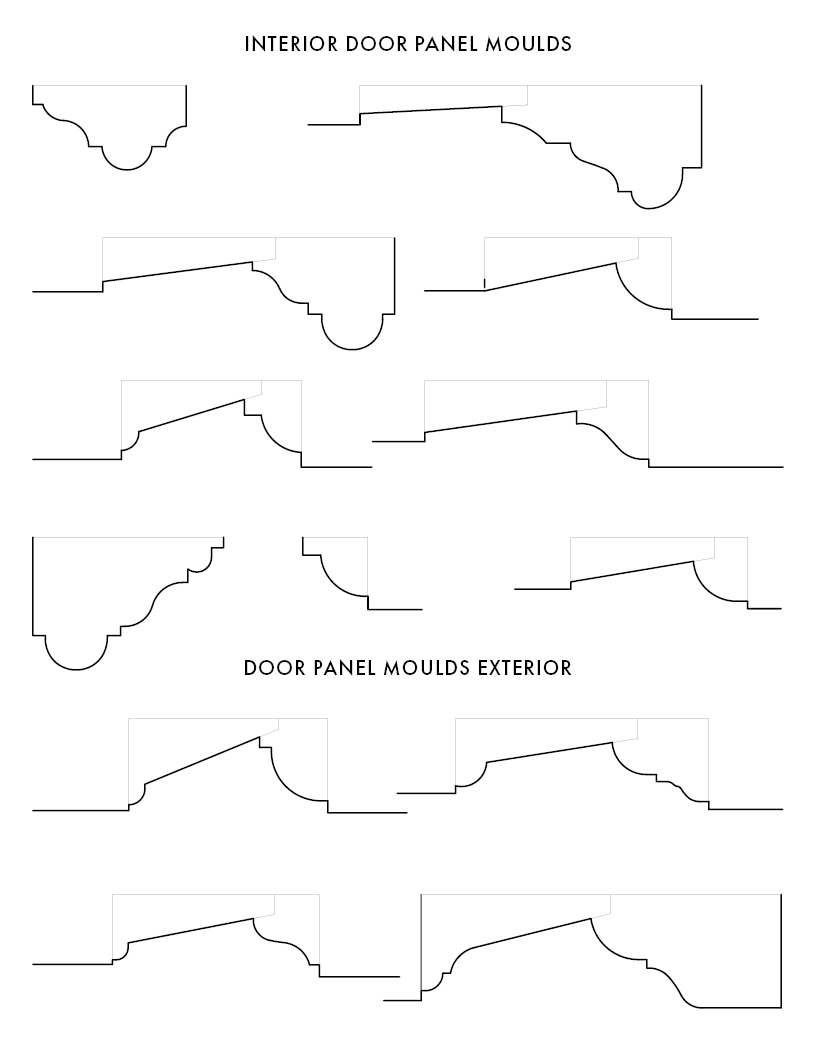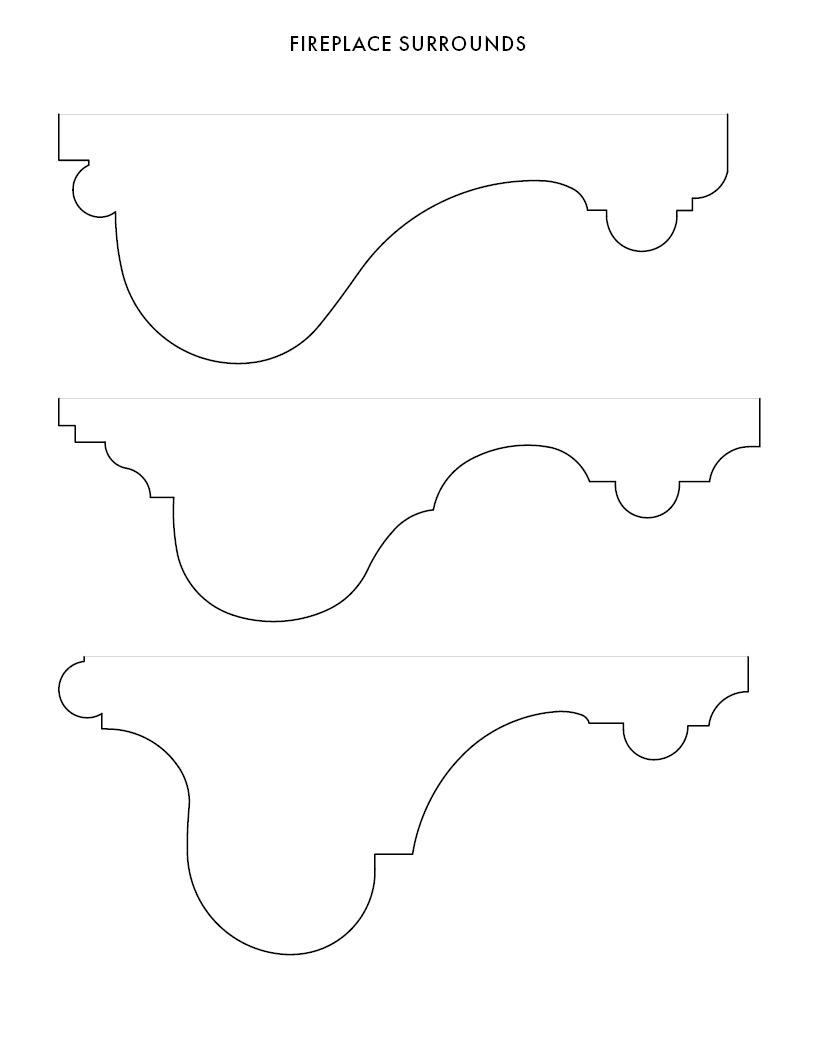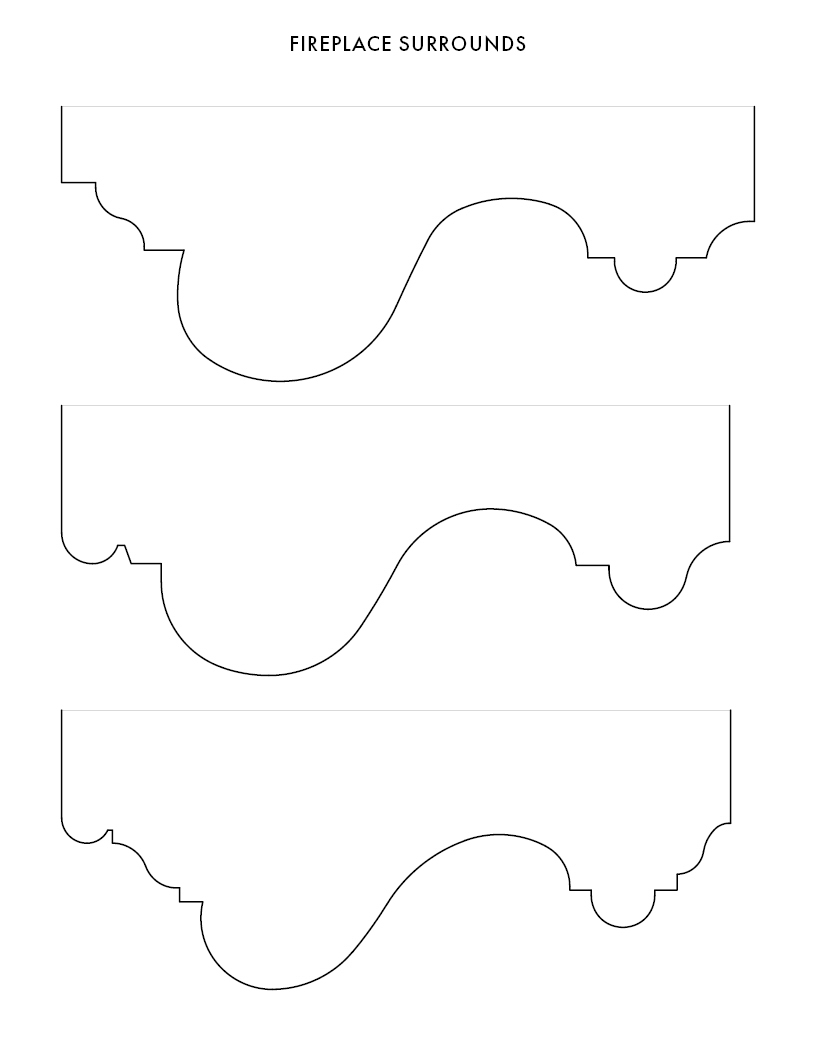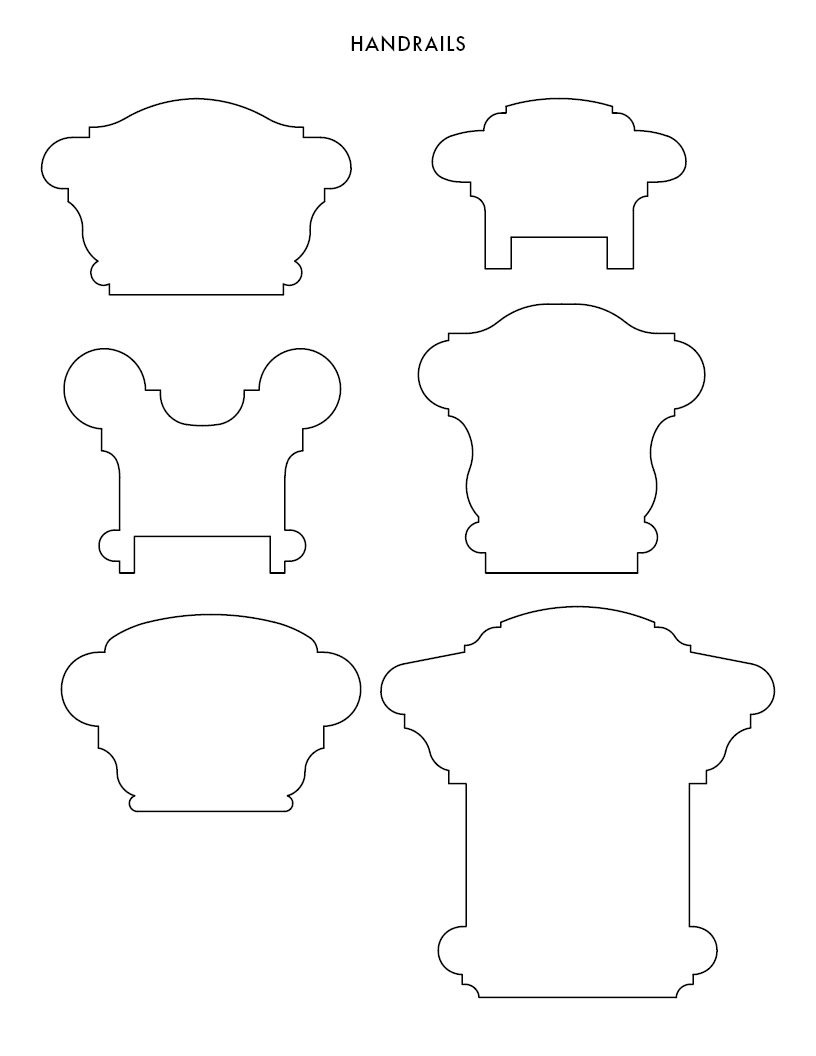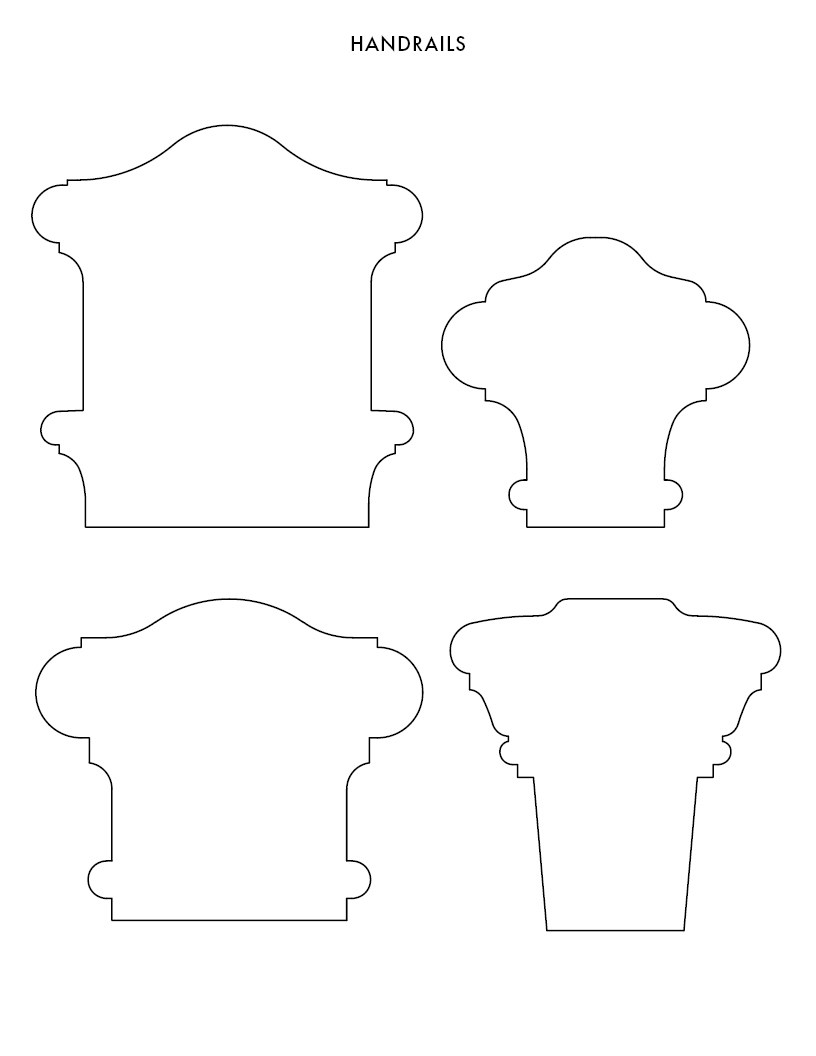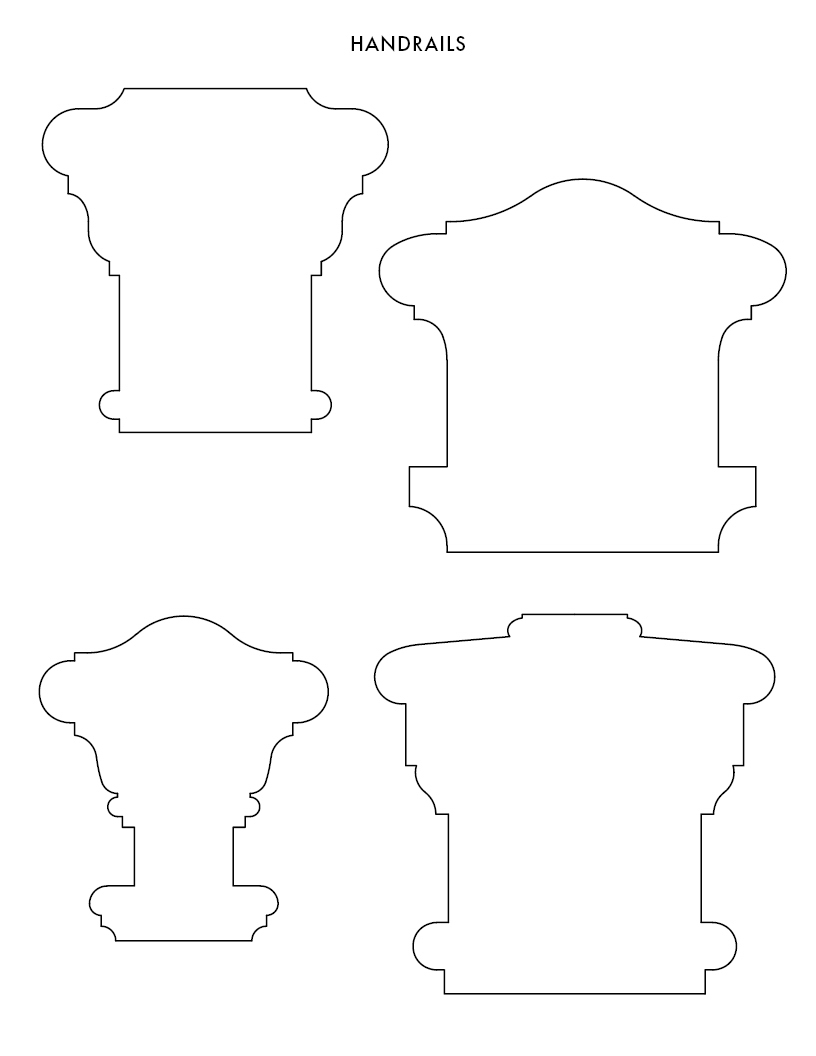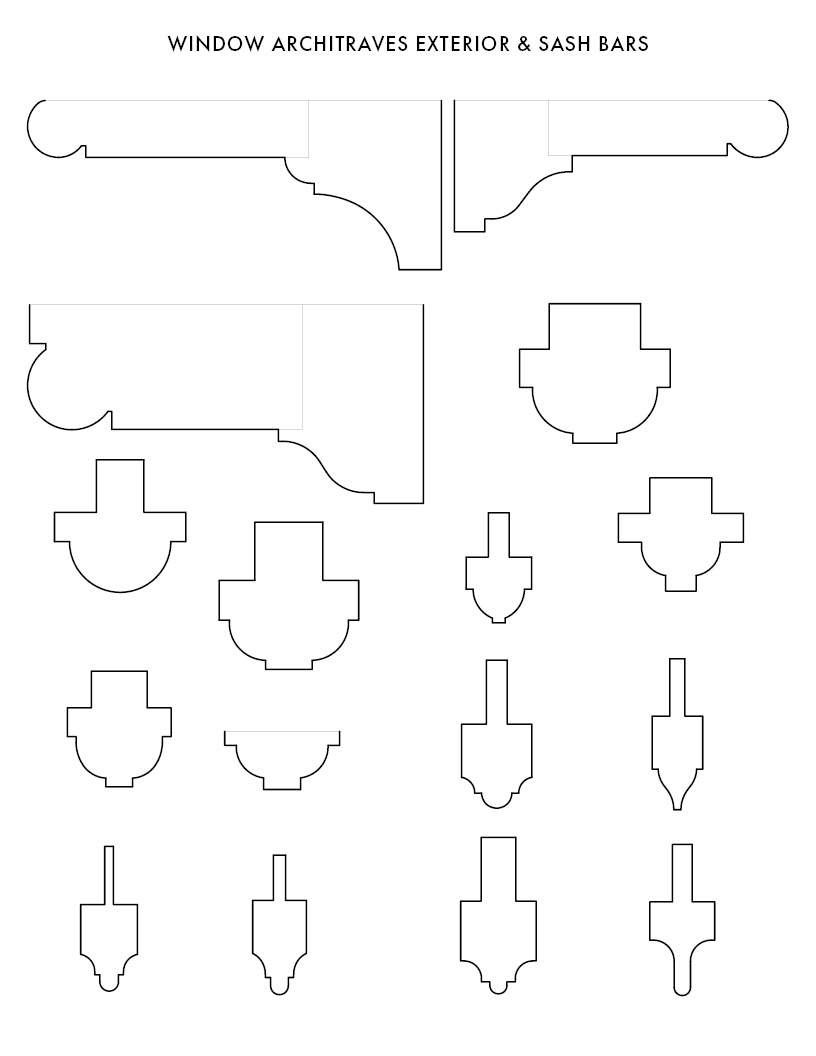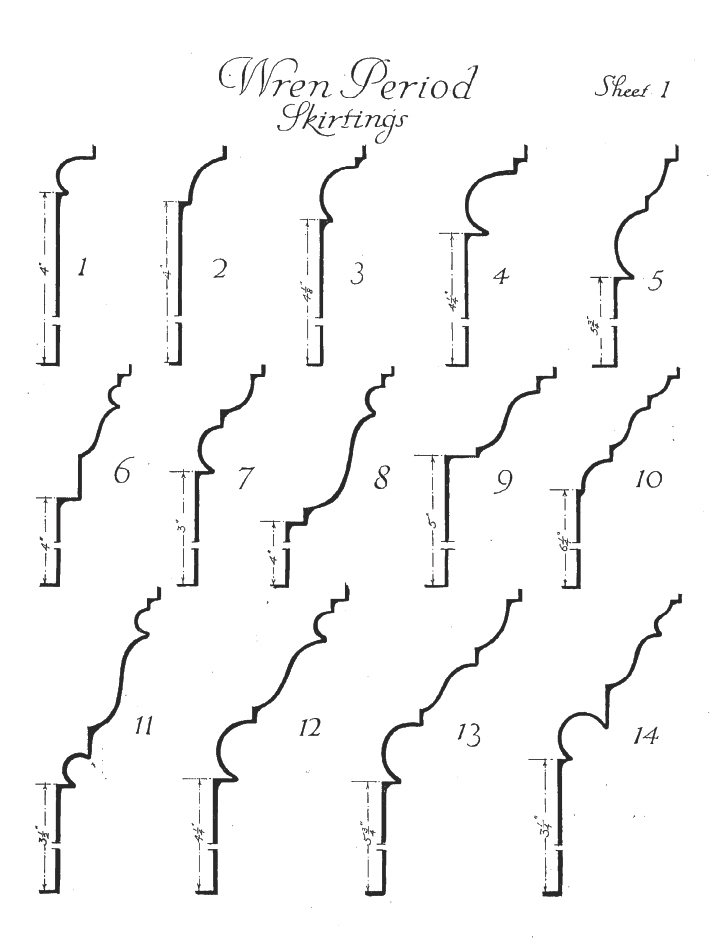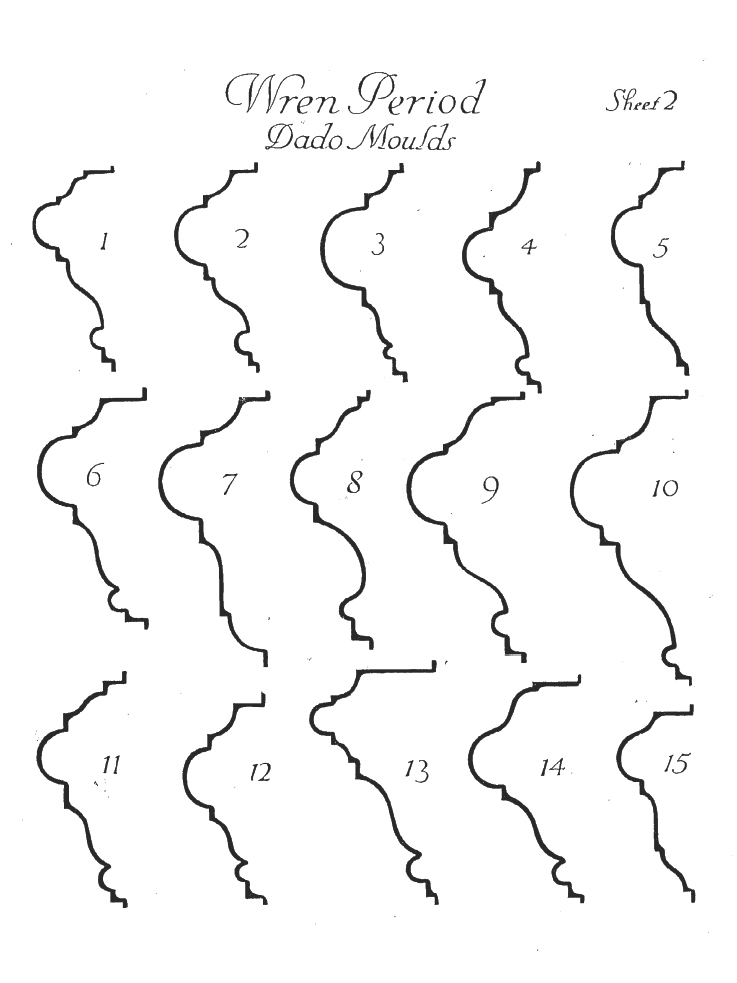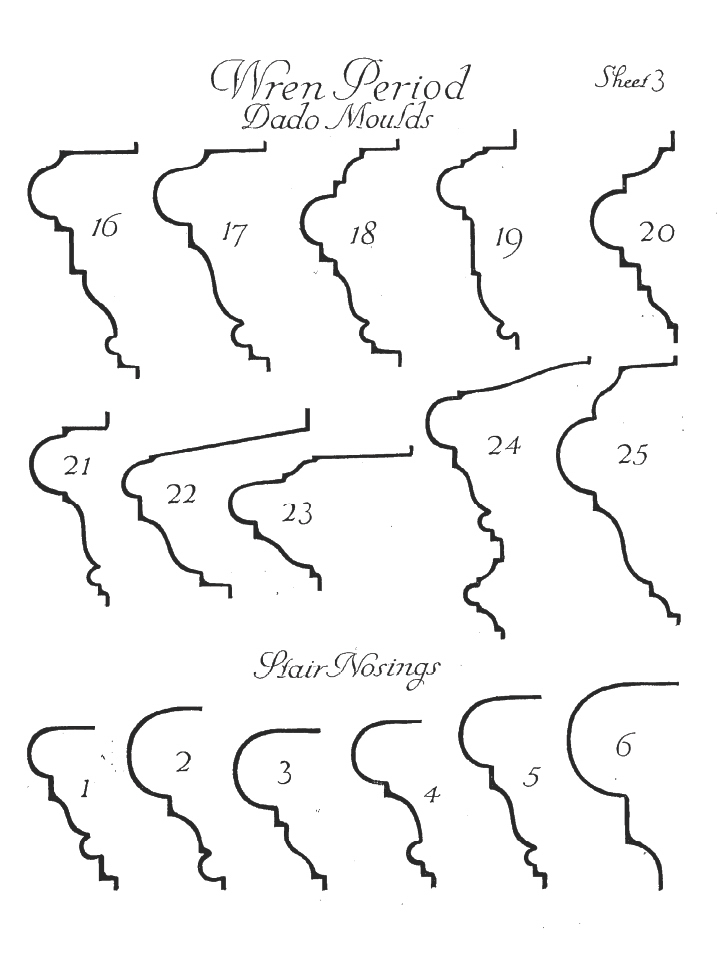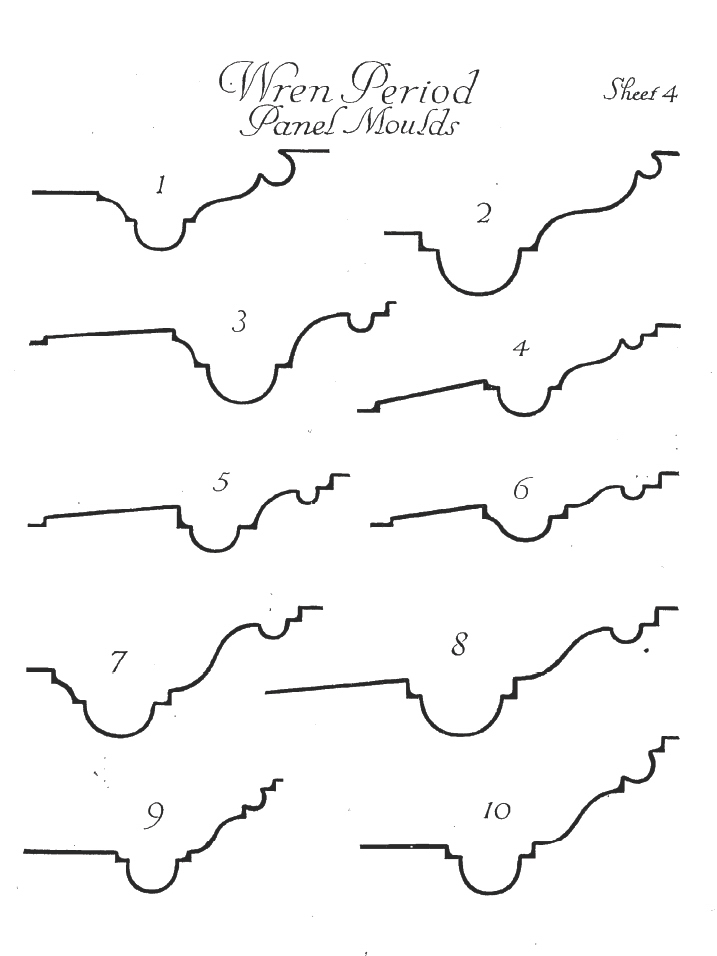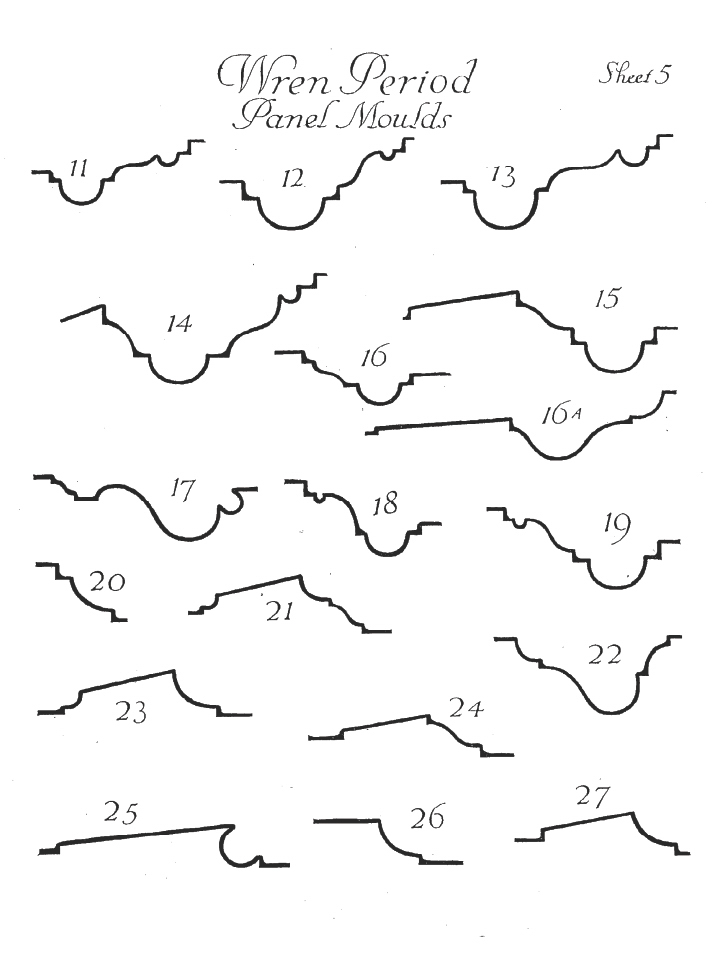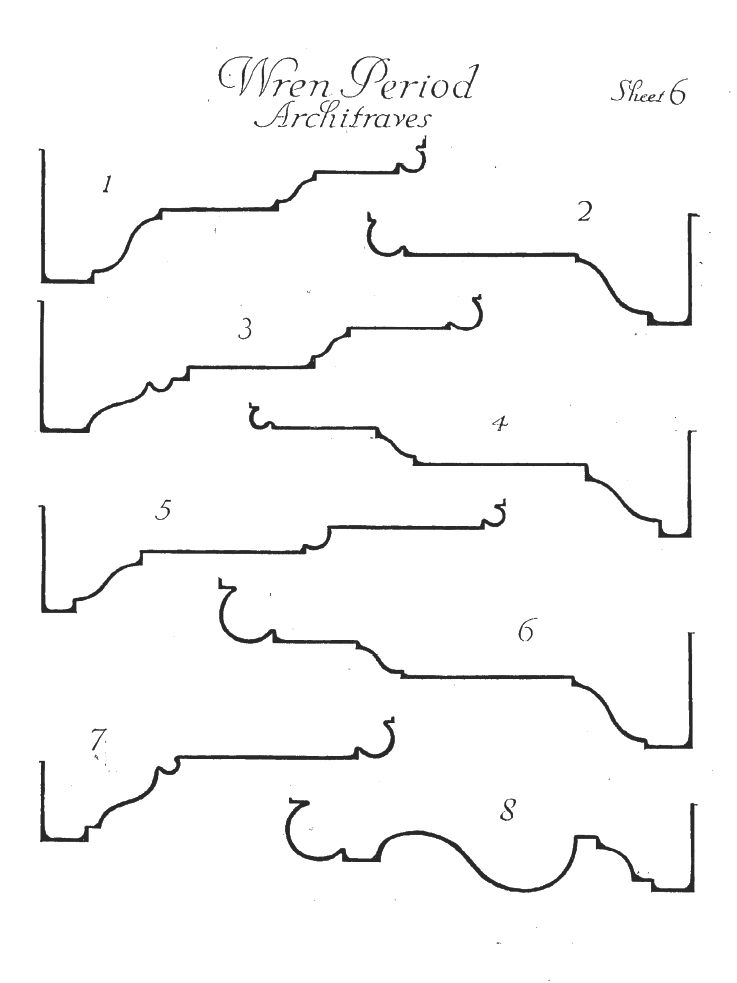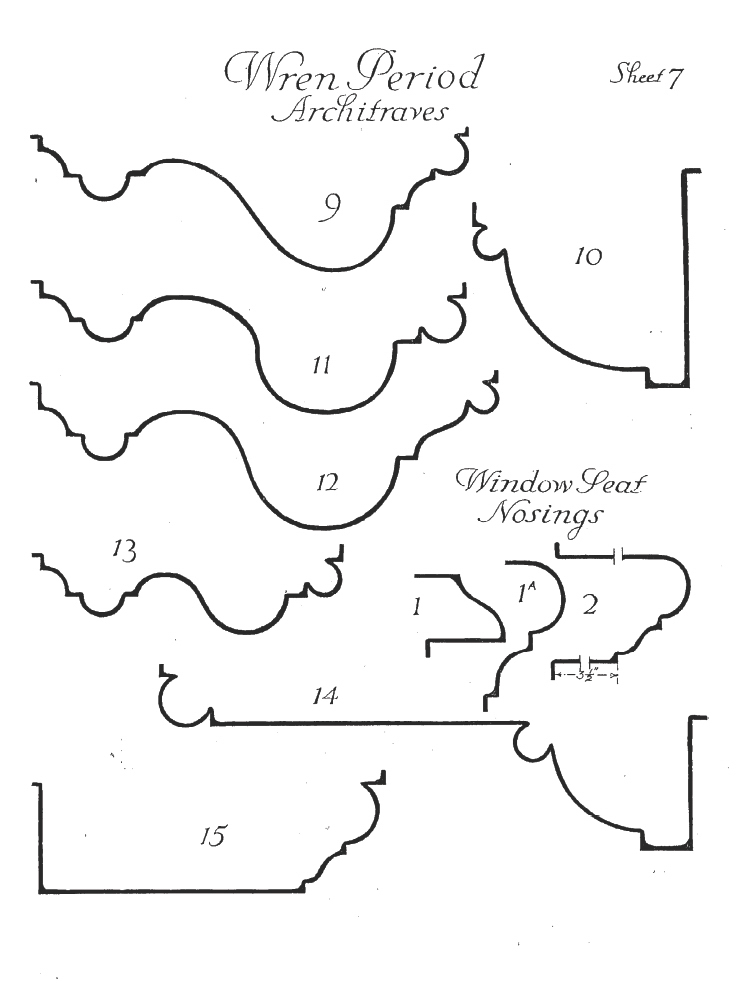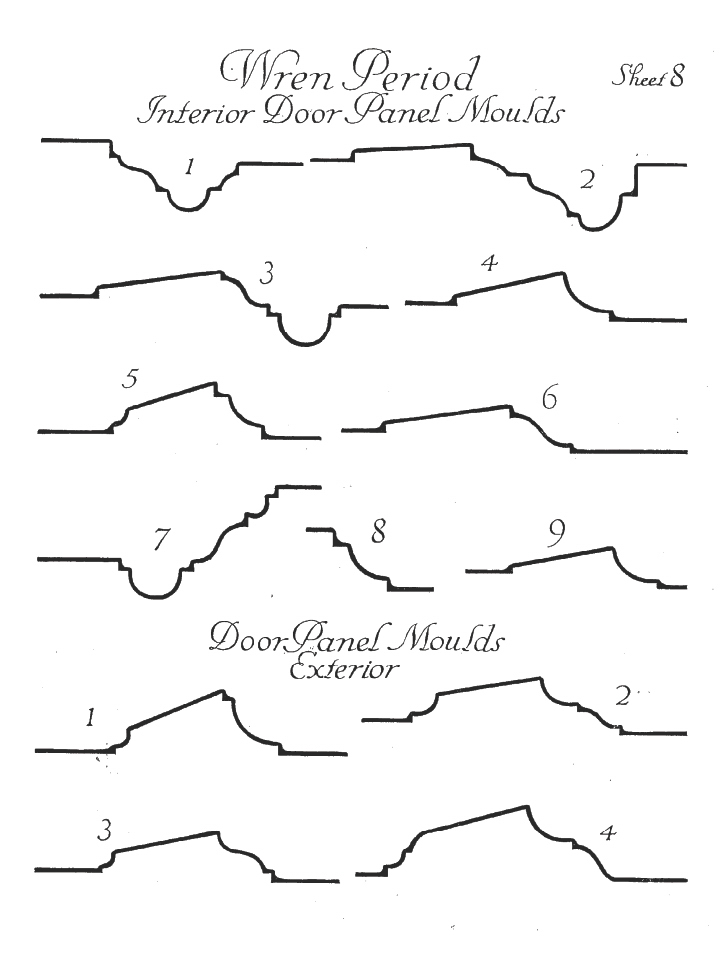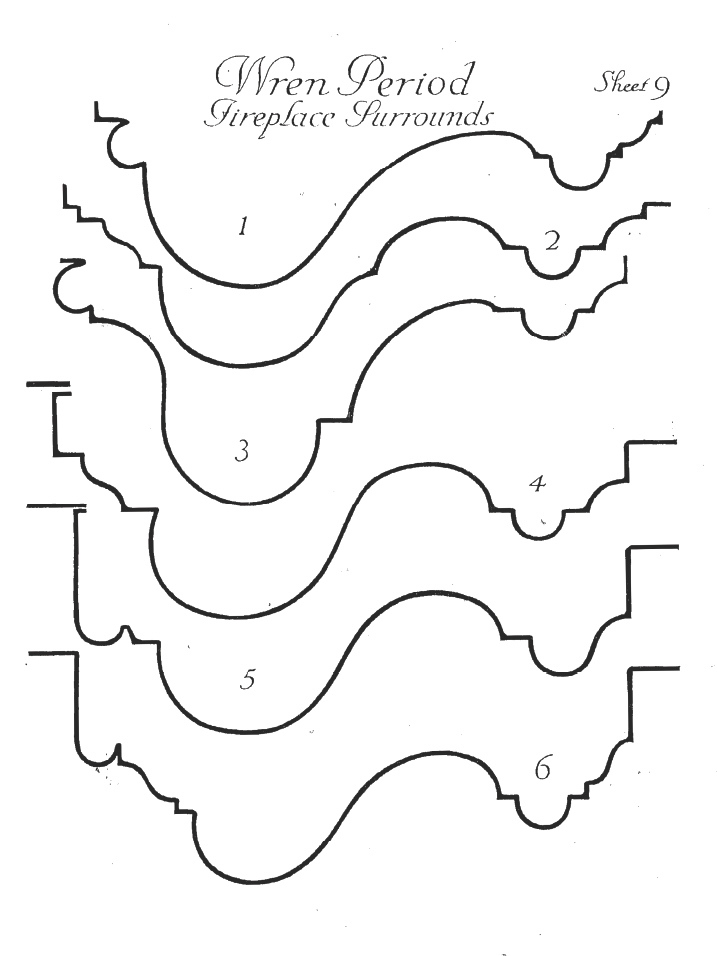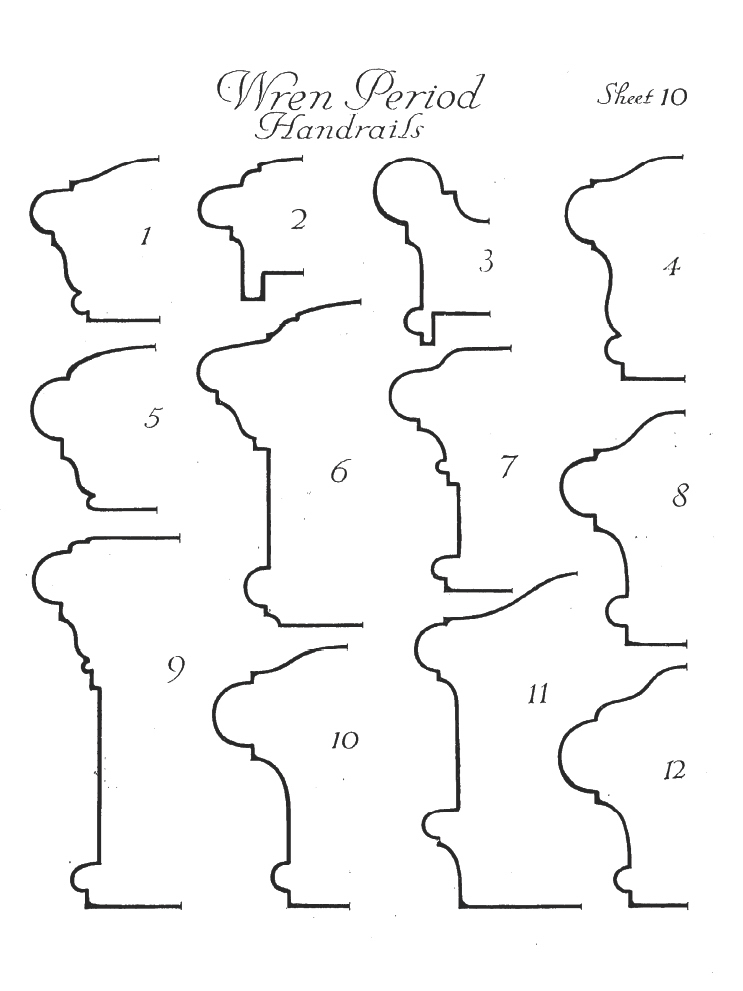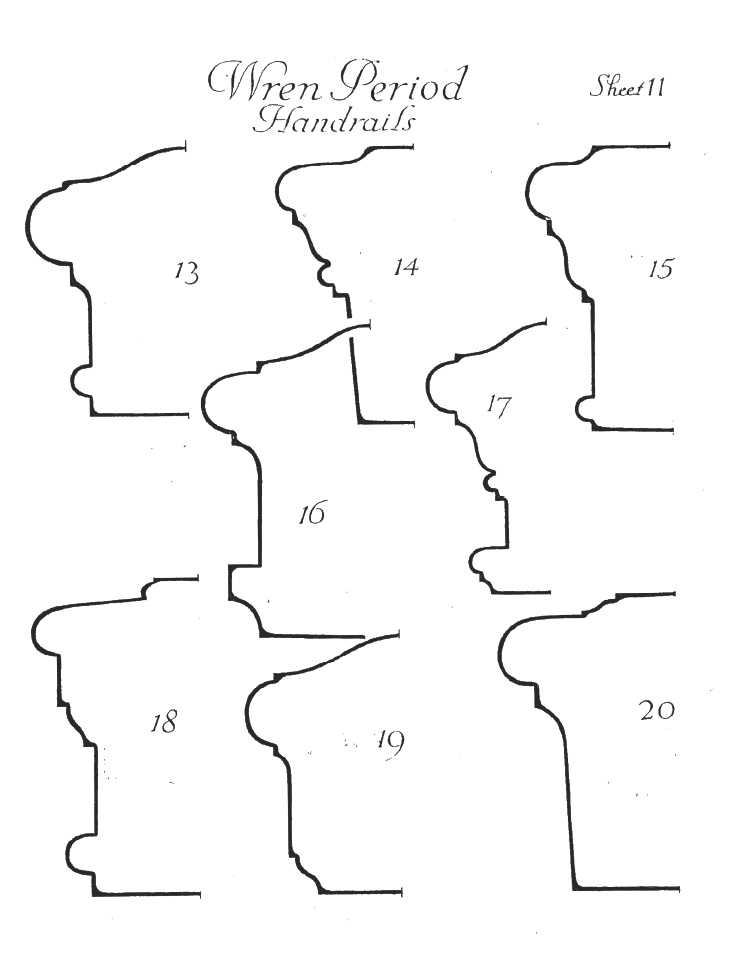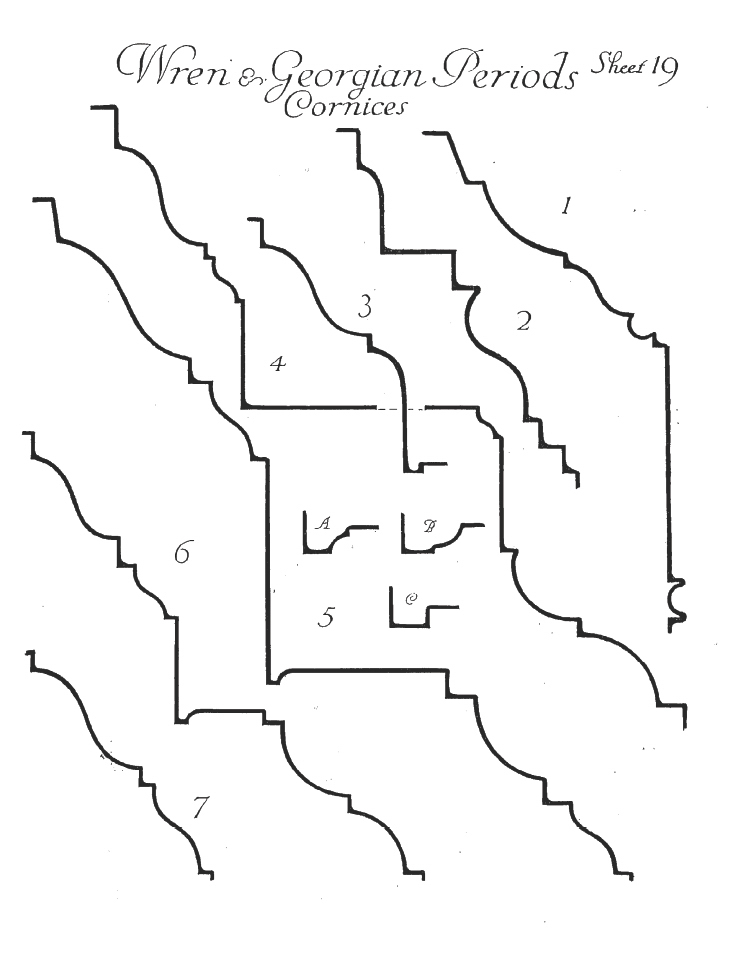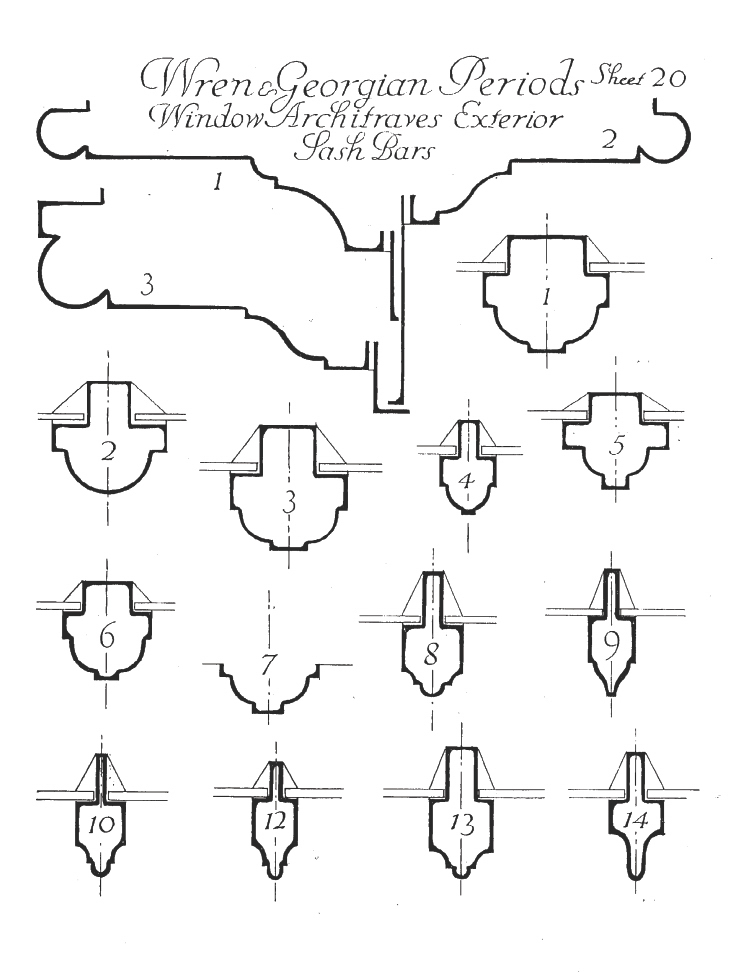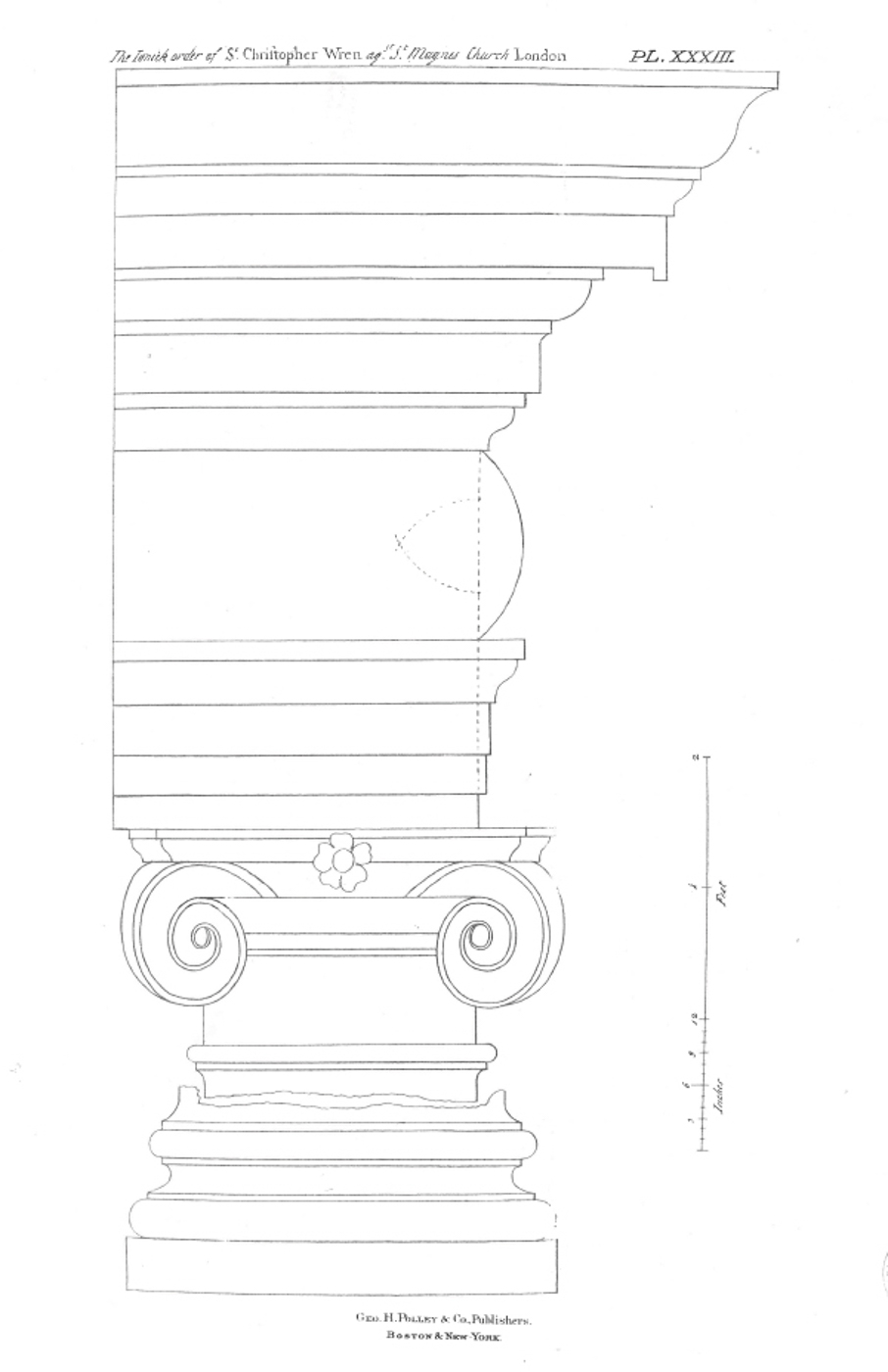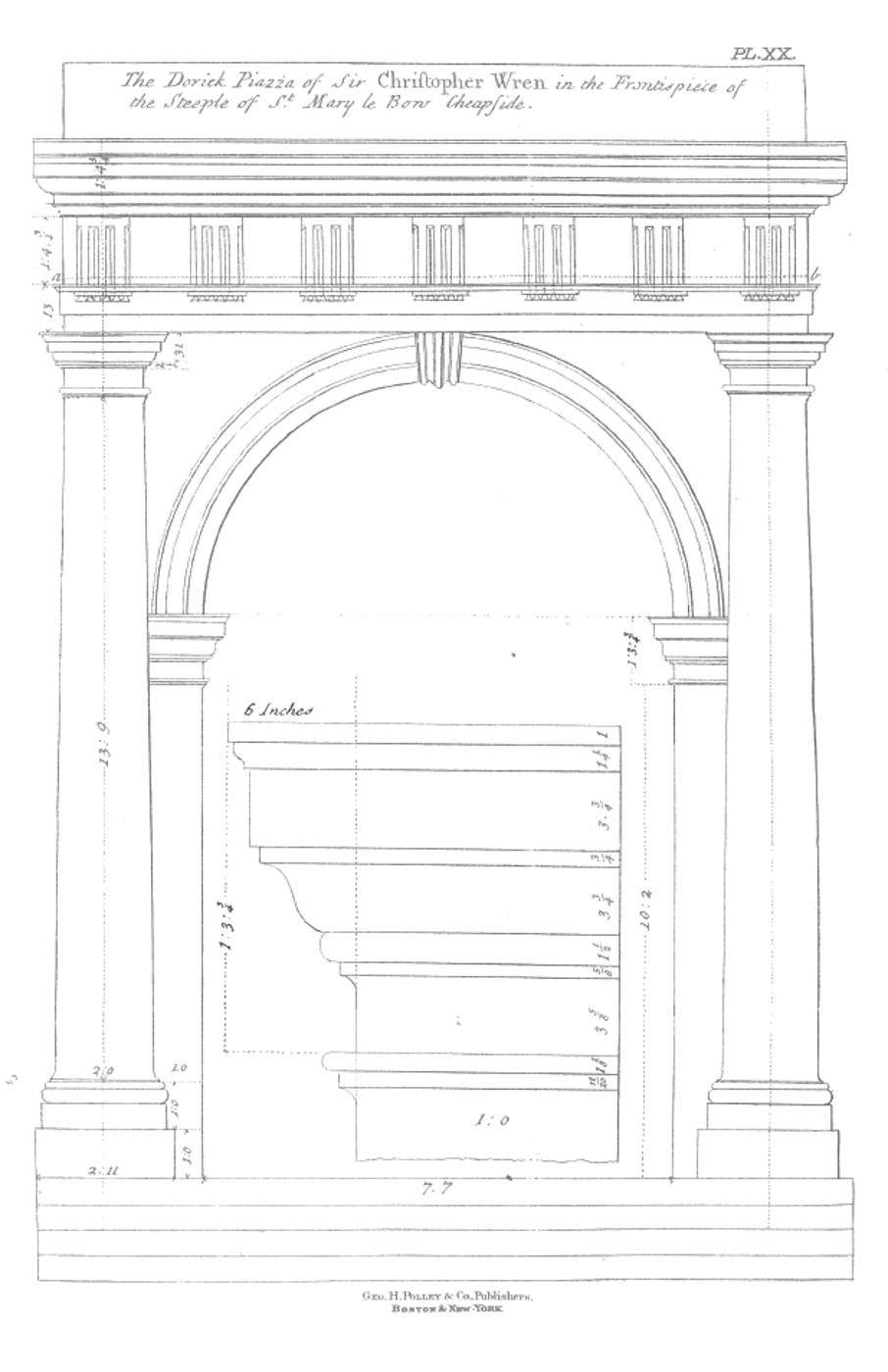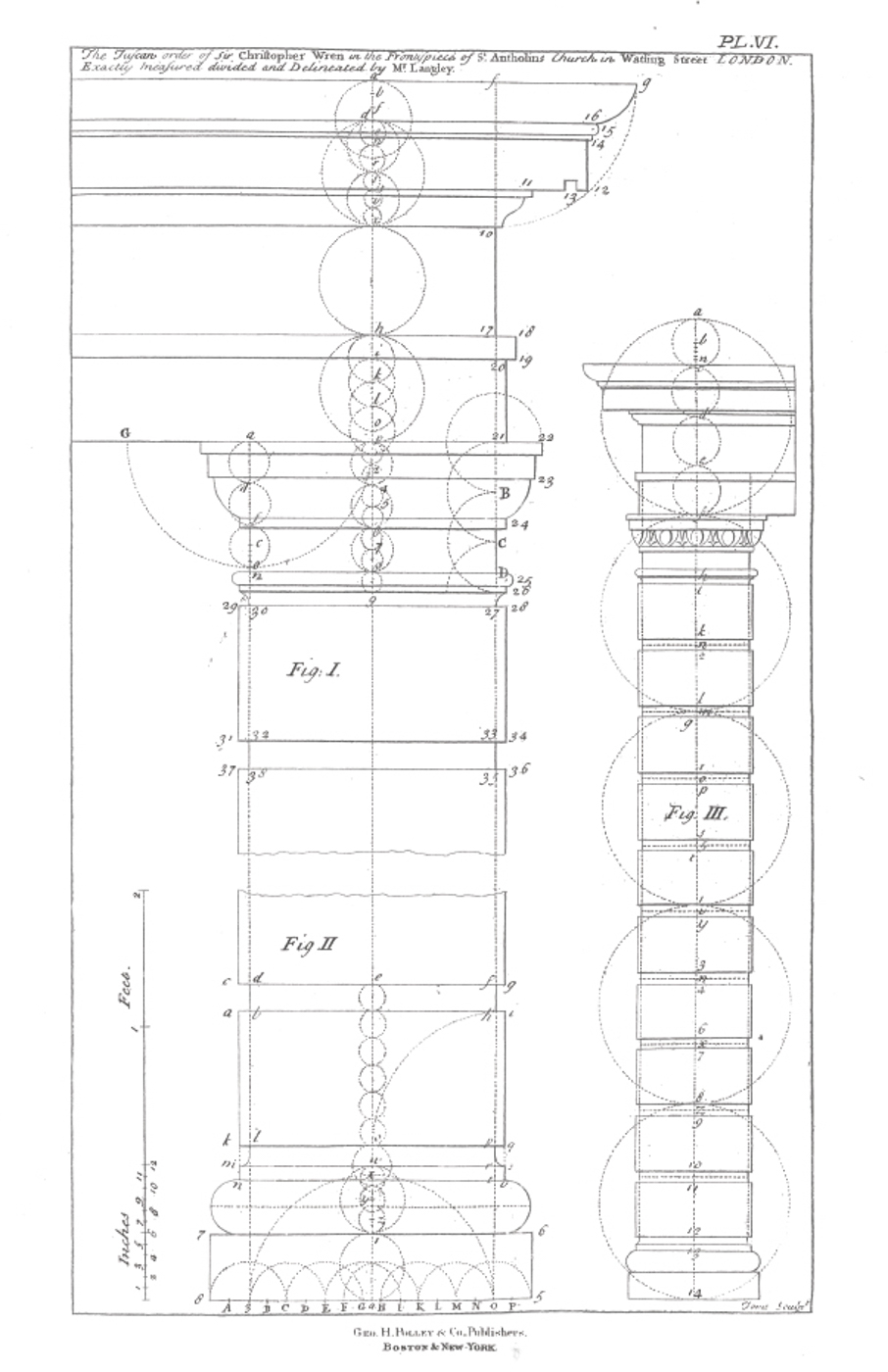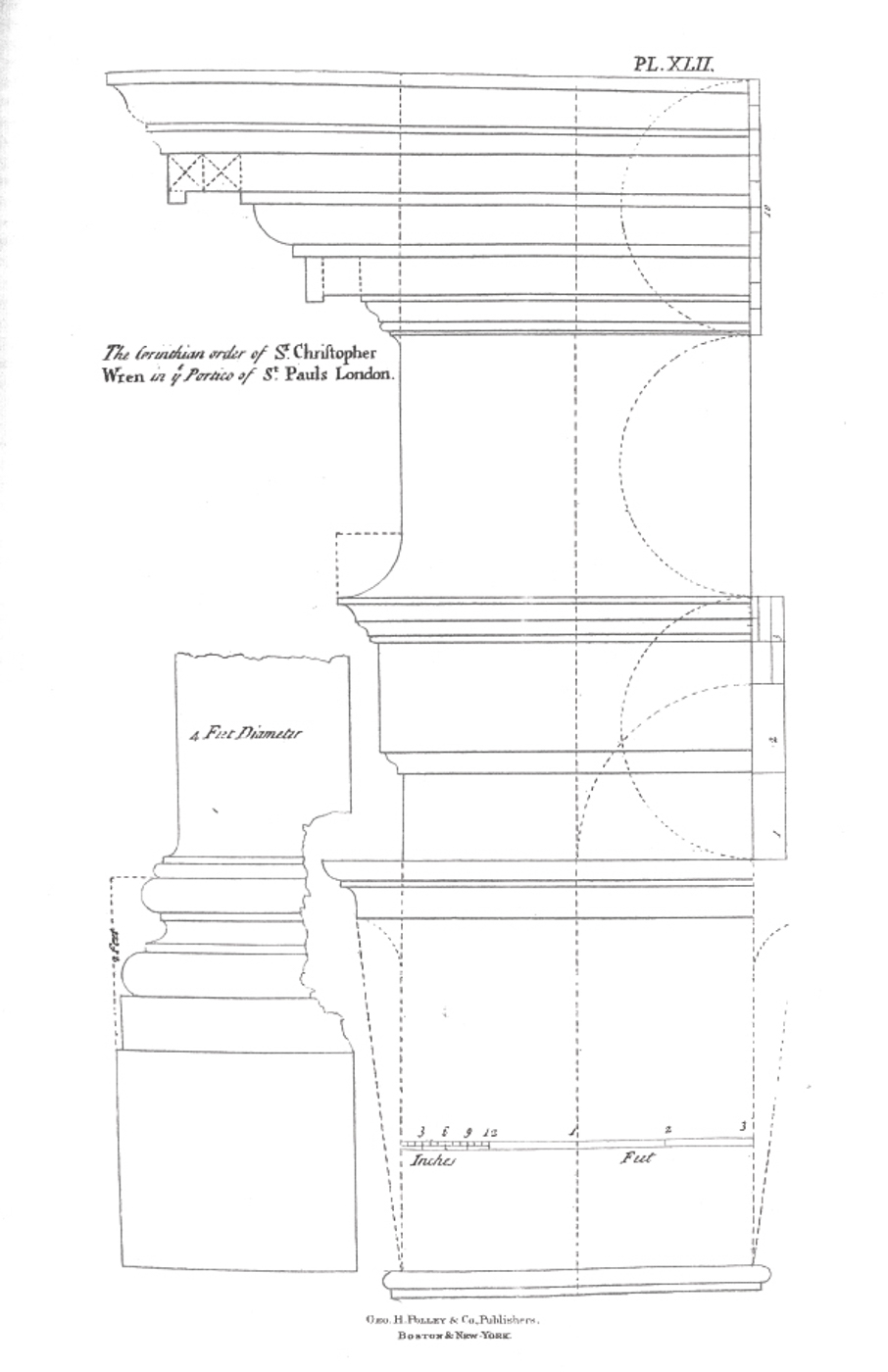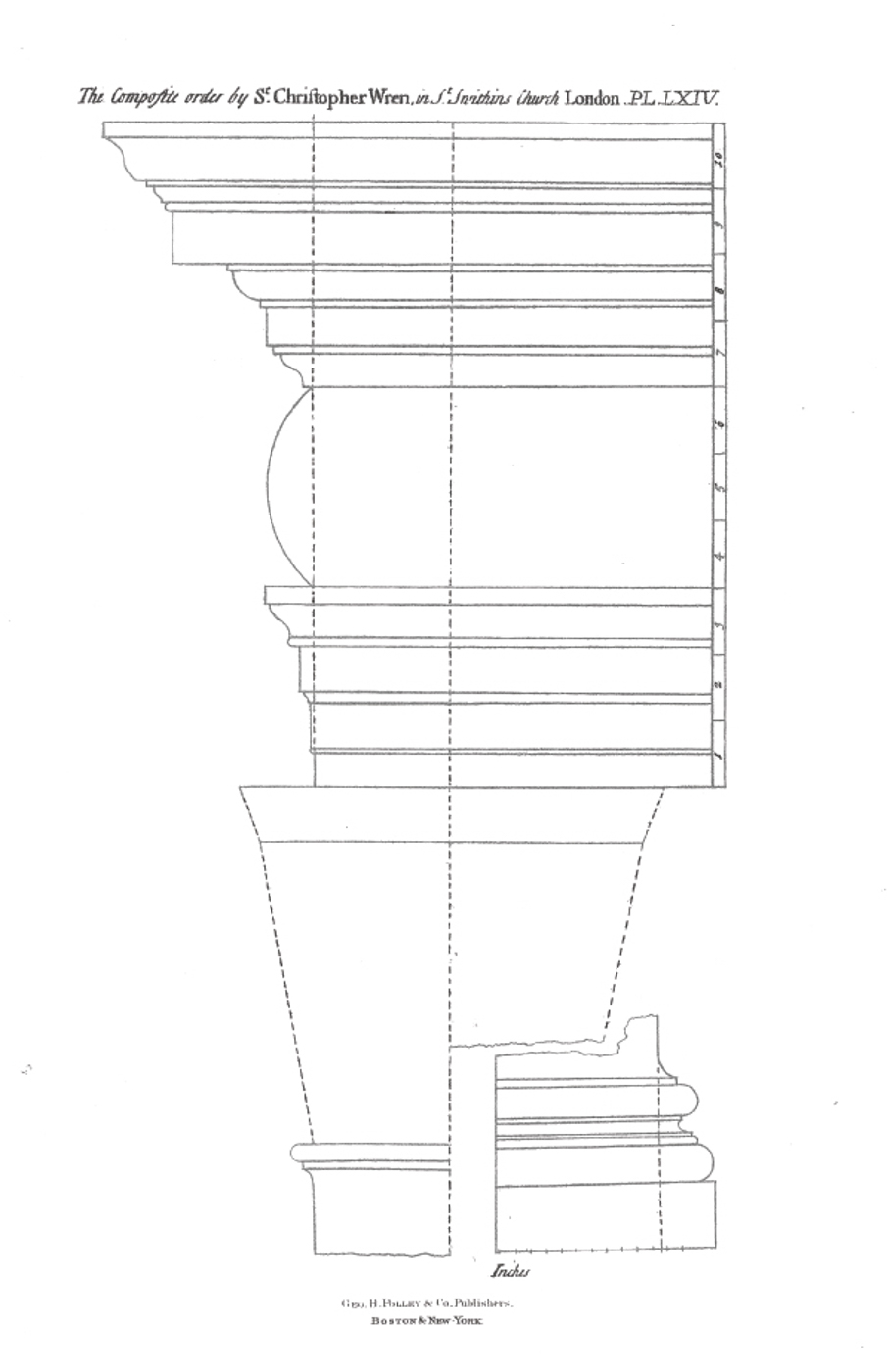Renowned British architect Sir Christopher Wren (1632-1723) firmly established the English Baroque architectural style in England. With his predecessor, Inigo Jones, Wren laid the groundwork for the neo-classicism of the Georgian period (1714-1837) that followed. While architecture of the English Baroque style shows a lightness, freedom, and delicacy compared to the Tudor style that preceded it, Georgian period architecture became more solidly and boldly neo-classical.
Christopher Wren’s Influence on Architecture
Wren lived during the reign (and downfall) of Charles I, the English Commonwealth under Oliver and Richard Cromwell, the Restoration of the monarchy and Charles II, the Great Plague of 1665, the Great Fire (and subsequent rebuilding) of London in 1666, James II, the Glorious Revolution, and the joint reign of William (of Orange) and Mary, and Anne.
Wren is credited with popularizing the bolection molding, a transitional molding functioning to retain a panel with its frame.
Georgian Architecture
The Georgian period that followed saw the expansion of the British Empire, the American and French Revolutions, and the continued development of neoclassicism in English architecture and that of its colonies. English Palladianism grew from the seeds planted by Inigo Jones and Christopher Wren, and it blossomed with the support of Lord Burlington.
Lavish and elegant, the architecture of the Georgian era owes its extravagance to Wren.
